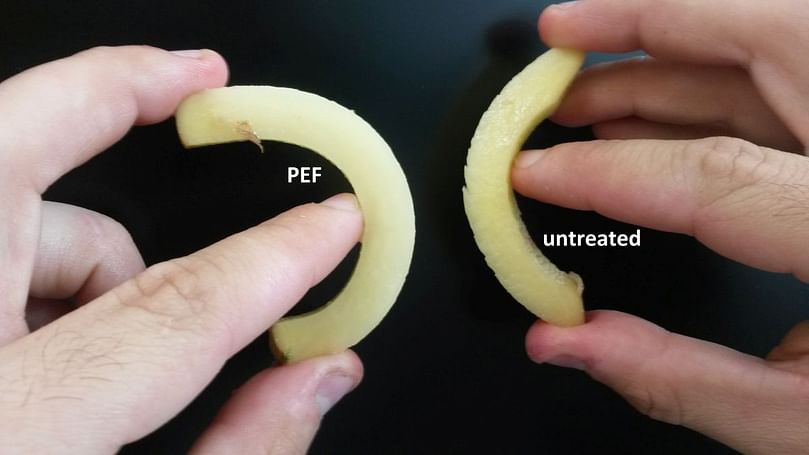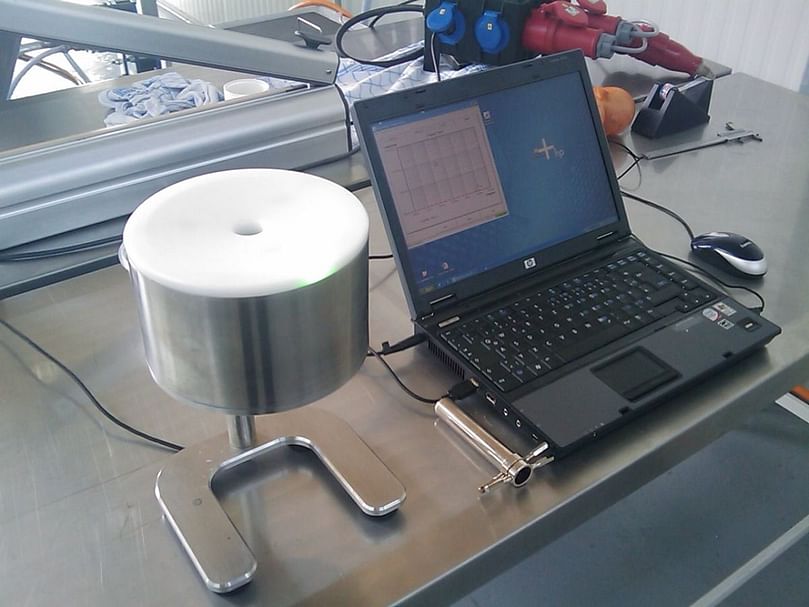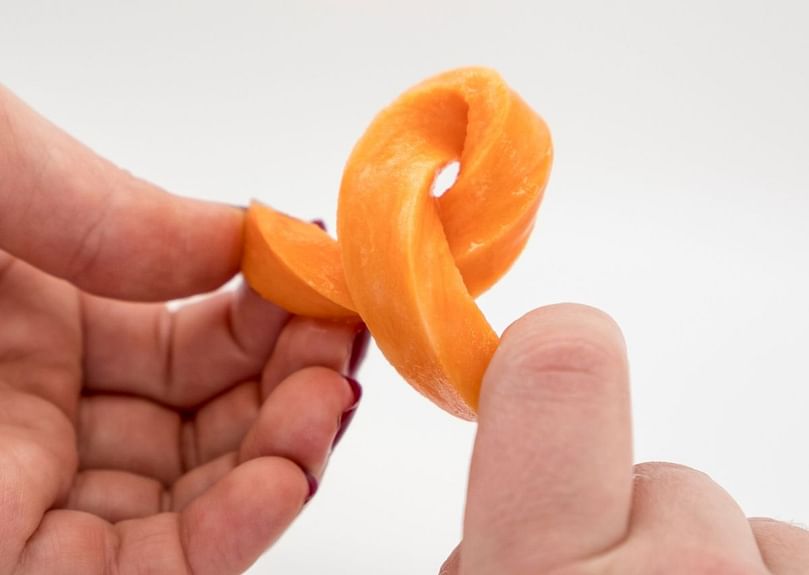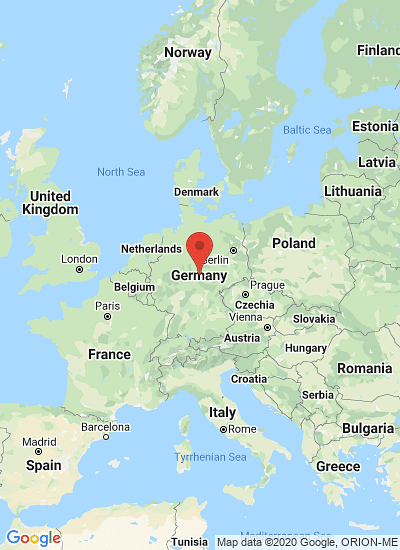Elea has developed a method to optimize the PEF treatment of potato to optimize cutting.
How to measure if a potato is PEF-treated just right?

Pulsed Electric Field (PEF) treatment is on it´s way to become a standard process in the French Fries and potato chips industry. Elea GmbH has already installed more than 75 units in the potato processing industry.
PEF at low energy input (~ 1 kJ/kg) induces small pores in the cell membrane causing loss of turgor pressure, tissue softening and improved cutting. With increased energy input, pore size increases and besides water also sugar and starch are released.
So the more the better is not the right approach here, as that may cause undesired solids and yield losses. Treatment intensity needs to be monitored to identify suitable parameters for optimum process performance and product yield.
So how can that be done?
This allows producing longer Fries, reduces oil uptake via the cracks and reduces knife wear. So, the easiest way to identify if the treatment is sufficient would be to sample a certain amount of strips and inspect.
But, in times of six sigma, more scientific methods are needed. Another possibility is impedance measurement, as suggested in the 1990s. When pores are formed the electrical properties of the tissue changes.
The TU Berlin work group of Knorr and Angersbach reported that by impedance measurement a cell permeabilization index Zp can be calculated, pore size can be measured and PEF induced improvement of mass transport processes such as extraction or drying can be predicted.
At DIL (German Institute of Food Technologies) a suitable measurement device for cell disintegration detection has been developed since 2008.
The tabletop device detects electrical conductivity in a low and high frequency range and calculates a relative permeabilization index Zp. The system has shown to work well for high PEF energy inputs. E.g. for apple tissue a good correlation between the measured cell disintegration index Zp and the juice yield was found.
But the technique is not sensitive enough for low intensity PEF treatment as used for cutting of potatoes.
Subsequent development work has focused on detection of mechanical properties. Standard texture analyzers with the right probes (multiple blades for cutting and compression) show good results, but are not suitable for use next to a production line.
That´s why Elea has developed a robust, easy to use, industry ready measurement unit for process control.
The system measures cutting force of material pushed through a grid and – its reduction after a PEF treatment. It can be used to select optimum treatment conditions for different potato varieties, identify seasonal variations and to characterize seasonal effects next to a line or in a quality control lab – a simple but significant twist.
Like to receive news like this by email? Join and Subscribe!
Join Our Telegram Channel for regular updates!
Highlighted Company
Sponsored Content
Sponsored Content
Sponsored Content
Sponsored Content
Sponsored Content















